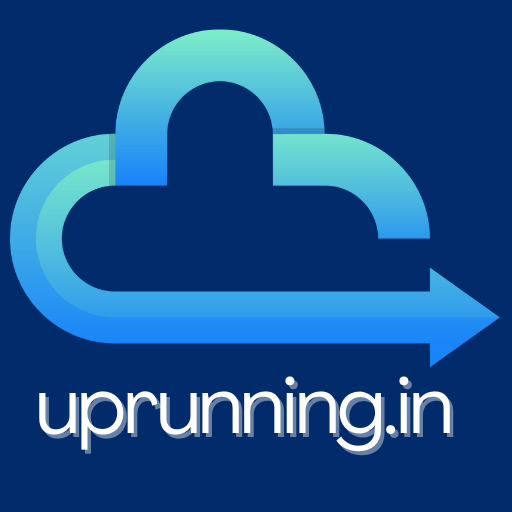Artificial intelligence is no longer an experimental capability—it’s rapidly becoming the backbone of modern enterprise innovation. From productivity copilots to domain-specific assistants, AI is transforming how we work, decide, and compete.
In this final post of our Azure AI Foundry series, we’ll explore why Foundry represents the future of AI development, how it empowers both developers and enterprises, and what’s next for the generative AI landscape.
🌐 A Shift from Models to Platforms
In the early days of generative AI, success was all about using the biggest model. But today, the winners are defined by their platform strategy—the ability to scale, govern, and integrate AI into real-world workflows.
Azure AI Foundry shifts the focus from experimentation to end-to-end AI delivery, offering:
- Unified tools for building, evaluating, and deploying models
- Pre-built models + RAG pipelines
- Built-in governance & security
- Composable architecture for LLMOps
- Seamless integration with Microsoft 365, Power Platform, and Azure
🧠 It’s not just about what your AI can do—it’s about how well you can manage it.

🧩 Azure AI Foundry’s Game-Changing Components
| Component | Future Impact |
|---|---|
| Prompt Flow | Reusable templates for faster delivery |
| Foundation Models | Cost-effective access to GPT-4, Llama2 |
| AI Studio | Low-code & pro-code workspace |
| AI Search + RAG | Business-aware copilots |
| Purview & RBAC | Responsible AI at scale |
🚀 Trends Shaping the Future of AI Development
✅ 1. AI as a Core Enterprise Stack
AI is moving from “innovation teams” to standard IT infrastructure—with developers using models like any other backend service.
✅ 2. Domain-Specific Copilots
Organizations are starting to build multiple departmental copilots (e.g., HR, Finance, Legal), connected by shared data pipelines and compliance controls.
✅ 3. Shift to Hybrid & Open Models
Foundry supports Open Source models (like Mistral, LLaMA)—giving businesses flexibility over data privacy and inference cost.
✅ 4. AI + Low-Code Empowerment
Power Platform and Azure AI Studio let business technologists create AI apps without needing to be ML experts.
🧠 Real-World Outlook: The 3-Copilot Strategy
Companies adopting AI at scale are organizing around:
- Productivity Copilot (e.g., Outlook, Word, Teams)
- Department Copilot (e.g., sales deal assistant)
- Platform Copilot (custom bots connected to enterprise systems)
Azure AI Foundry supports this tiered approach with centralized control and federated innovation.
🏁 Final Takeaways
Azure AI Foundry isn’t just another AI tool—it’s a comprehensive, enterprise-first platform designed to deliver:
✅ Accelerated time-to-value
✅ Secure AI workflows
✅ Scalable deployment
✅ Governance you can trust
✅ Seamless Microsoft integration
💡 The future of AI development isn’t about model access—it’s about building responsibly, deploying securely, and scaling confidently.
![]()

Leave a Reply